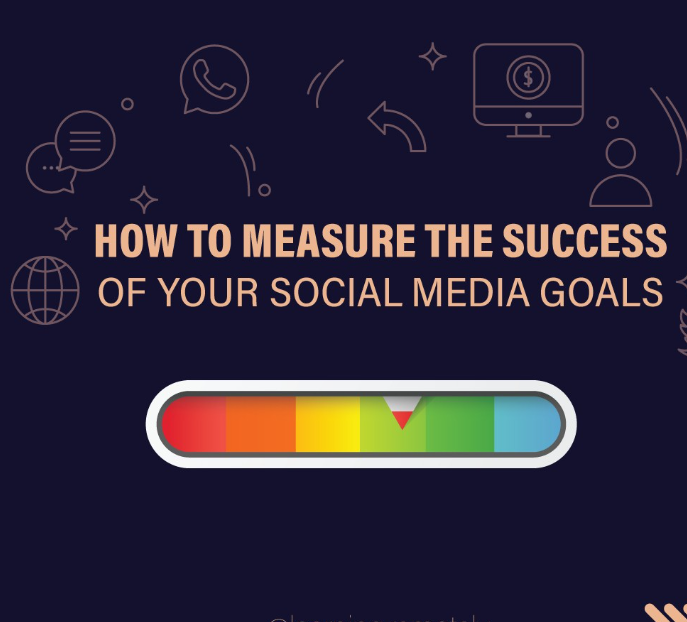Education Desk, Delhi Magazine: Social media monitoring, also known as social listening or social media intelligence, refers to the process of tracking and analyzing conversations, mentions, and engagement across various social media platforms. It involves monitoring platforms such as Facebook, Twitter, Instagram, LinkedIn, YouTube, and others to gain insights into what people are saying about a brand, product, industry, or any other relevant topic.
Here’s a detailed breakdown of the components and processes involved in social media monitoring:
- Data Collection: The first step in social media monitoring is collecting data from various social media platforms. This can be done through APIs (Application Programming Interfaces) provided by the platforms themselves, or through third-party tools that aggregate data from multiple sources. The data collected includes posts, comments, mentions, hashtags, likes, shares, and other interactions.
- Keyword and Topic Tracking: Social media monitoring involves identifying keywords, phrases, and topics relevant to the brand or industry being monitored. This could include brand names, product names, competitors, industry terms, and trending topics. Monitoring tools are configured to track these keywords and topics across social media platforms.
- Sentiment Analysis: Sentiment analysis is a crucial aspect of social media monitoring. It involves analyzing the tone and sentiment of conversations to determine whether they are positive, negative, or neutral towards the brand or topic being monitored. Sentiment analysis algorithms use natural language processing (NLP) techniques to classify the sentiment of social media posts and comments.
- Engagement Tracking: Social media monitoring also involves tracking engagement metrics such as likes, shares, comments, and retweets. This helps businesses understand how their content is performing and how users are interacting with their brand on social media.
- Competitor Analysis: Monitoring competitors’ social media activity is important for benchmarking and identifying opportunities. By tracking competitors’ mentions, engagement, and sentiment, businesses can gain insights into their strategies, strengths, and weaknesses, and adjust their own social media strategies accordingly.
- Trend Identification: Social media monitoring can help identify emerging trends, topics, and conversations relevant to the brand or industry. By tracking trending hashtags, keywords, and discussions, businesses can stay ahead of the curve and capitalize on opportunities to engage with their audience.
- Crisis Management: Social media monitoring is essential for detecting and managing potential crises or reputation issues. By monitoring social media conversations in real-time, businesses can identify negative sentiment or emerging issues and respond promptly to address concerns and mitigate damage to their reputation.
- Reporting and Analysis: Finally, social media monitoring involves analyzing the collected data and generating reports to extract actionable insights. Reporting tools and dashboards provide visualizations and metrics that help businesses understand their social media performance, track key metrics over time, and make informed decisions to improve their social media strategy.
Overall, social media monitoring provides valuable insights into audience sentiment, competitor activity, emerging trends, and potential issues, helping businesses enhance their brand reputation, engage with their audience effectively, and make data-driven decisions to improve their social media presence.

